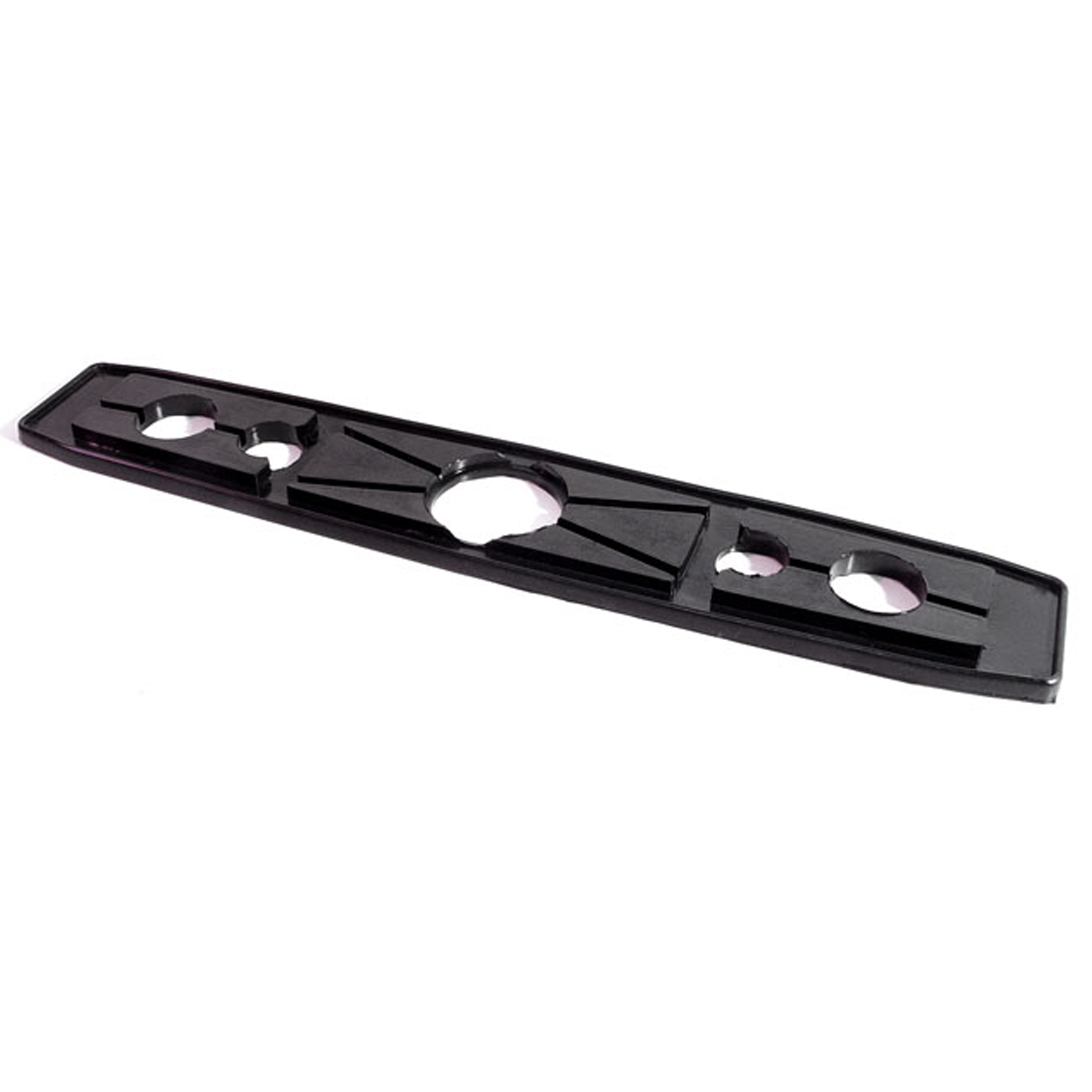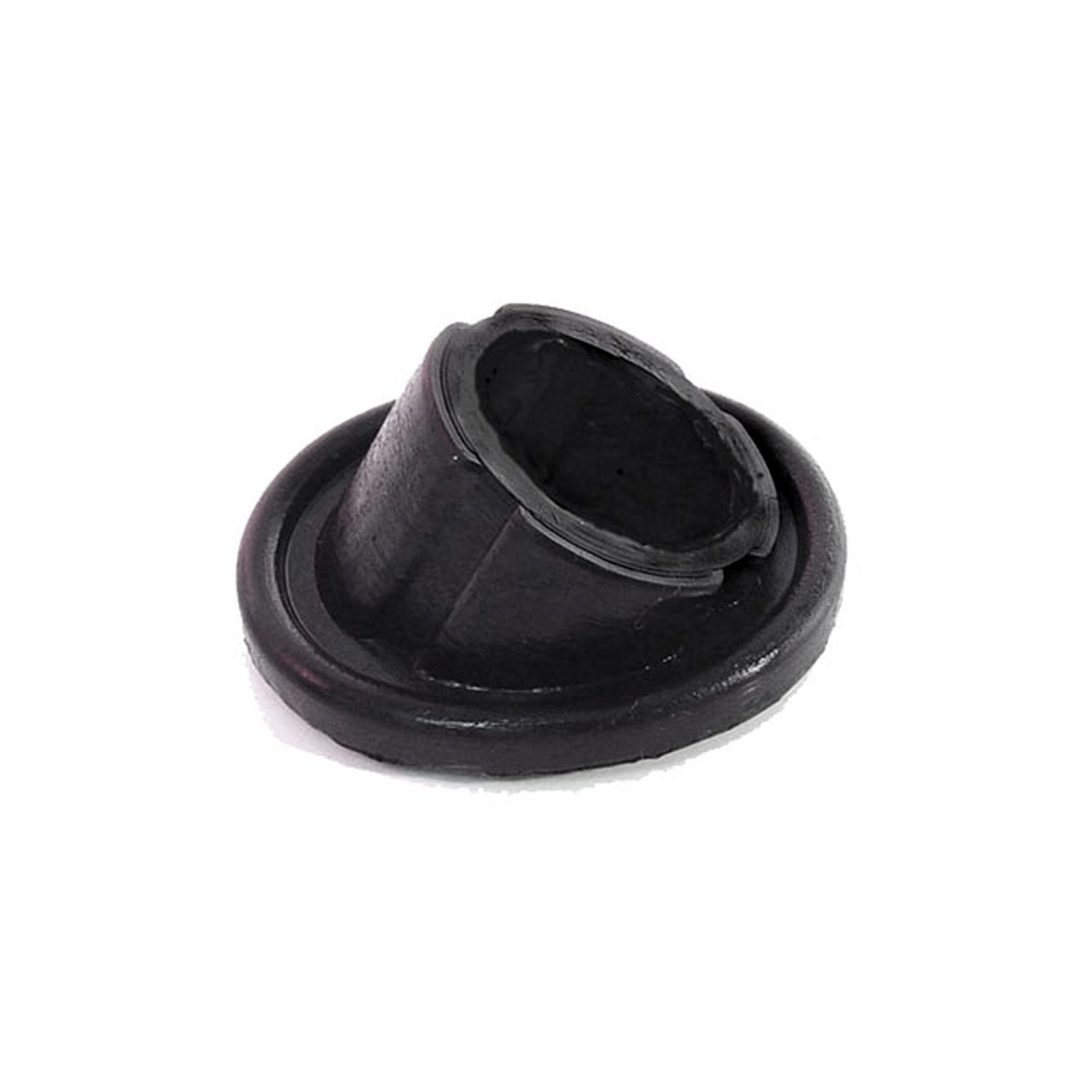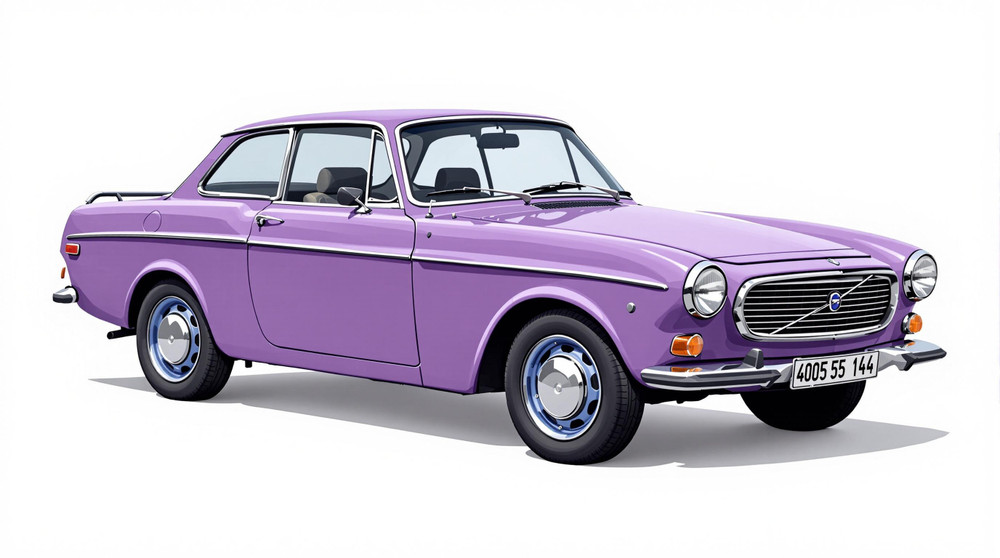Image of 1970 Volvo 145, Note: These illustrations use artistic license and may differ from actual historical models.
Performance Metrics
Fundamental Metrics
Emotional Appeal
MMP Rating
| Engine Specifications | |
|---|---|
| Engine: | B20 Inline 4-cylinder engine |
| Displacement: | 1986 cc |
| Horsepower: | 82-100 hp |
| Torque: | 115 lb-ft |
| Compression Ratio: | 8.7:1 |
| Ignition System: | Electronic ignition |
| Cooling System: | Water-cooled |
| Performance Specifications | |
| 0-60 Time: | 15 seconds |
| 1/4 Mile Time: | 20 seconds |
| Top Speed: | 100 mph |
| Transmission and Drive | |
| Drive Type: | Rear-wheel drive |
| Transmission Type: | 4-speed manual or 3-speed automatic |
| Fuel and Efficiency | |
| Fuel System Type: | Carburetor |
| MPG: | 20-25 mpg |
| Dimensions and Brakes | |
| Brakes: | Disc brakes at front, drum brakes at rear |
| Wheelbase: | 104.3 inches |
| Weight: | 2800 lbs |
Note: Specifications for classic cars are given to the best of our ability, considering the limited and variant data available.
Unveiling the Understated Icon: The 1970 Volvo 145
The year 1970 heralded the arrival of a vehicle that would become a symbol of durability and practical design: the Volvo 145. Crafted by the Swedish automaker known for prioritizing safety and reliability, this station wagon was a testament to Volvo's engineering prowess. At a time when the world was experiencing cultural shifts and technological advancements, the Volvo 145 emerged as a family-friendly car that didn't sacrifice style for functionality. A unique fact that car enthusiasts might find intriguing is that the 145 was one of the first cars to feature rear seat belts as standard—a testament to Volvo's safety leadership.
Design and Innovation
The exterior of the 1970 Volvo 145 was characterized by its boxy yet charming aesthetic, with clean lines and an upright stance that maximized interior space. The interior was a realm of no-nonsense comfort, featuring robust materials designed to withstand the test of time. Technological features such as an advanced heating system ensured passengers remained comfortable in cold climates, showcasing Volvo's attention to detail. Color options for the 145 were reflective of the era, with standout hues like Sea Green and Cypress Green being popular among buyers. The vehicle was available in several body styles, but it was the estate version that became iconic, offering ample cargo space without compromising on style or performance.
Historical Significance
The Volvo 145's impact on automotive design is evident in its commitment to safety and practicality—a philosophy that would influence future generations of vehicles. It stood apart from contemporaries with its unassuming design language that focused on utility over ornamentation. The car's lasting influence can be seen in how modern station wagons continue to prioritize spaciousness and versatility.
Performance and Handling
Underneath its utilitarian exterior, the 1970 Volvo 145 boasted respectable performance metrics for its class. With a top speed hovering around 100 mph and acceleration from 0-60 mph in about 13 seconds, it balanced everyday usability with enough zest for highway driving. The car's handling was reassuringly stable, absorbing bumps with ease while remaining composed on windy roads. Drivers often praised the harmonious blend of engine hum and smooth ride quality, which made for an engaging yet comfortable driving experience.
Ownership Experience
Owners of the Volvo 145 typically used their vehicles as daily drivers due to their reliability and practicality. It also found favor among classic car enthusiasts for its understated elegance and ease of maintenance. Parts were generally readily available, making repairs manageable for the average owner.
Fun Facts
A lesser-known tidbit about the Volvo 145 is its brief stint in rallying before its more robust sibling, the Volvo 142, took over. While not known for breaking speed records, it did set a standard for estate car safety. Despite some criticisms about its conservative power output and styling, it has remained beloved by those who value substance over flash.
Collector's Information
Today, the value range for a well-preserved 1970 Volvo 145 can vary widely based on condition and provenance. With production numbers in the tens of thousands annually during its run, they are relatively rare but still attainable for enthusiasts. As more classic car collectors recognize their enduring appeal, prices are gradually appreciating, with prime examples fetching upwards of $10,000 or more depending on various factors.
Conclusion
The 1970 Volvo 145 stands as a paragon of Swedish automotive engineering—unpretentious yet robust, practical yet stylish. Its legacy endures not only in the hearts of classic car aficionados but also in how it shaped our expectations for family transportation. As we look back on this dependable workhorse, we're reminded that true quality never goes out of style.
1970 Volvo 145 Catalog of Parts
 1970 Volvo 145 License / Back-up Light to Body Gasket. Each-MB 25License / Back-up Light to Body Gasket. Each
1970 Volvo 145 License / Back-up Light to Body Gasket. Each-MB 25License / Back-up Light to Body Gasket. Each 1970 Volvo 145 Wiper Post Gasket. For wiper transmission-SM 35-BWiper Post Gasket. For wiper transmission. Two used per car. Each
1970 Volvo 145 Wiper Post Gasket. For wiper transmission-SM 35-BWiper Post Gasket. For wiper transmission. Two used per car. EachWhy Choose Metro?
For over 100 years, Metro Moulded Parts has been the pinnacle of quality in classic car restoration parts. Our commitment to precision and authenticity in every component ensures a perfect fit and an OEM-level appearance.
- Expert Craftsmanship & Quality: Each part is a testament to our dedication to reliability and perfection, crafted from original designs and thoroughly tested.
- Advanced Technology: We use cutting-edge techniques to create flawless, long-lasting parts that surpass others in performance.
- SuperSoft Sponge – The Ultimate Door Seal: Not only are our door seals 30% softer than competitors', but they're also guaranteed to never leak. They effectively reduce wind and road noise, enhancing your classic car's comfort and driving experience.
- Proudly American: Our parts are a product of American craftsmanship, made in the USA with a spirit of excellence and heritage.
- Unrivaled Warranty: We back our products with a 30-year industry-leading warranty, a testament to our confidence in their quality.
Join us in preserving the legacy of classic cars with parts that are crafted for perfection, not just made.

